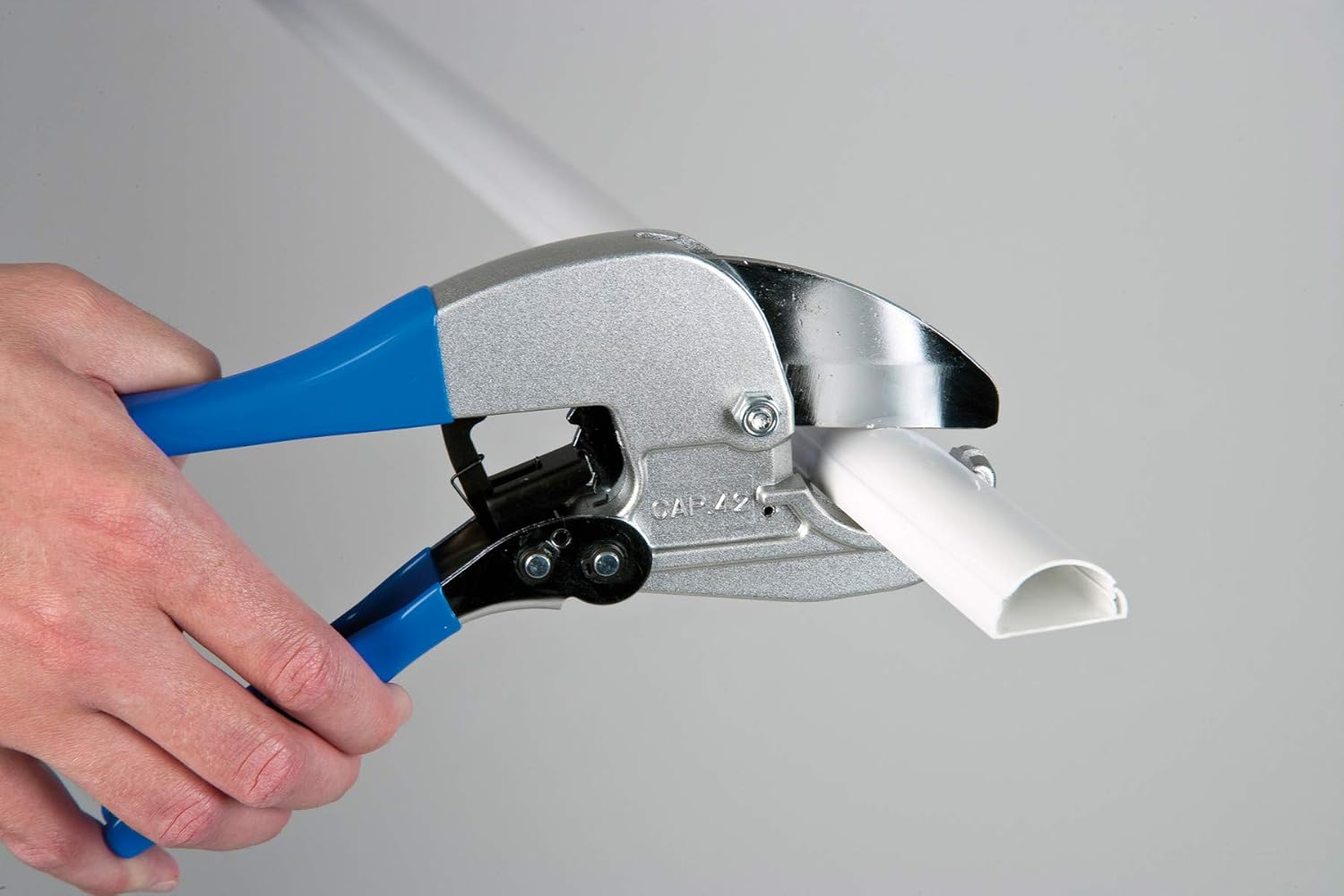About this deal
As such, consider that often the cost of replacement wire of the right length can be cheaper (and safer) than buying a kit to join armoured cables. Step 7: Lay the cable The other common calculation you need is when you have to work out the amount of set required to make a parallel off-set eg when you have to set a cable tray or gutter around a pillar or set to an off-set wall. Your way: You still have to make the spacer, you still have to cut holes in it to match the holes in the enclosure, you've MORE work to do to fix it since many materials will sag and open up a gap (IP4x gone) if not fixed as close intervals, and then you have to fix two short pieces of trunking on an uneven wall that's a PITA to fix things to (no, you really can't drill drill a hole and pop a plastic plug in) and make sure you get them aligned.
Alternatively, a specialist can look at this scope of work when building a new outbuilding. Our outbuilding cost guide goes into this in more detail. How can I run an armoured cable to my shed? Once all the trunking sections are in place, install the cover plates. These plates help protect the cables and give the installation a finished appearance. Align the cover plates with the trunking sections and secure them using the provided screws or clips.
Our top tips on how to run a cable to a shed
You can then calculate the size of the cut-out section by dividing the cable tray width (A) 600mm by 4.09 (C). I worked with cable tray about 40 years ago and remember I created a couple of simple formulae to work out how much triangular section of the cable tray to cut out to do various sets. I have tried to explain them below. The first one is when you know the angle you want to create and the second is when you want to make a parallel off-set.
To cut metal Trunking, it’s as simple as having a good metal cutter and an angle to cut along. For most angles you can just draw a line along the corner you want to put in, but for a 45 degree angle you’ll need to do a bit of maths. Choosing the right size of slotted finger trunking depends on the number and size of cables you need to manage. Measure the cables' diameter and add some extra space for future additions. So the size of the section you need to cut out of a 600mm cable tray to make a 22° set = 600 ÷ 4.09 = 146.7mm Many skirting trunking systems are designed for DIY installation. However, for complex projects, it's advisable to seek professional assistance. Slotted finger trunking is primarily designed for indoor use. If you need to install it outdoors, choose a weather-resistant version.Metal Trunking is designed to keep all your cables in one place, while Conduit takes specific wires off to different appliances. For example, you’ll find Trunking behind the walls of a kitchen, but Conduit will take electricity to things like the oven and fridge. Remember to always prioritise safety by wearing appropriate protective gear and following manufacturer's instructions when necessary.
Inspect the installation for any loose screws or uneven sections. Make the necessary adjustments to achieve a polished and professional look. Conduit or trunking is normally used for cable management systems where current needs to be carried between multiple devices and terminals. It’s especially useful in any potentially hazardous areas, whether the perceived hazard is environmental or physical. Ambient or weather-related conditions (e.g. moisture, extreme temperatures, etc) may be good reasons to choose conduit, trunking, and protective cable sleeving. Conduit is typically the cheaper and more basic approach to wiring protection. It’s widely used wherever smaller cable bundles or individual wires are being run between two terminals, from point A to point B. If they simply need to be protected, tidied up, and/or hidden from view, conduit is often the easiest option. Precision and efficiency are paramount in the world of cable and containment installations. There's no room for compromise when choosing the right type of trunking for your project. Skirting trunking, often used for routing cables along walls, offers a discreet and tidy solution. However, not all skirting trunking is created equal. Assessing the fit between the trunking and your installation requirements is essential. As a cable trunking expert, I'm here to guide you through choosing the ideal skirting trunking for your needs.
How can I run an armoured cable to my shed?
No risk! The cavity in the lid section is designed for low-voltage cables, which do not emit excessive heat - & the lid has multiple vents. When you reach the end of one trunking section, you will need to connect it to the next section to continue the cable pathway. Use a connector specifically designed for galvanised trunking to join the sections securely. Follow the manufacturer's guidelines for proper installation of the connectors. So the starting point for the calculation is CB' = 170 and FB' = 64. For a new job you can obviously change those measurements.
 Great Deal
Great Deal 